THE KITCHEN-DOOR HERB GARDENS of RSW AND MLP
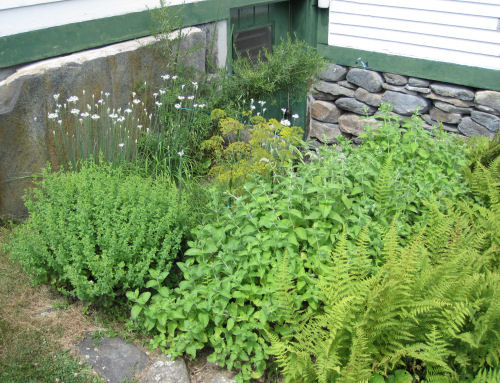
RSW kitchen-door herb garden at the Southwich studio-home
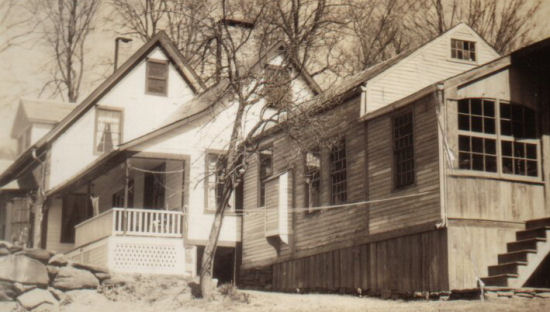
The above photo taken about 1933 shows the construction of the
Southwick herb garden off the end of the back kitchen porch
and next to stone steps down into the cellar.
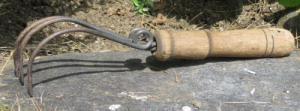
Garden claw tool used for weeding
and roughing up the soil
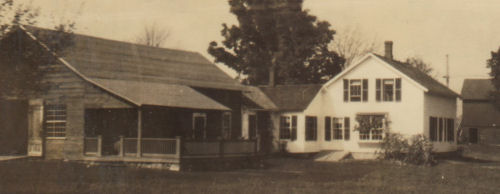
The RSW Hiram Woodward Place, his second studio and second herb garden
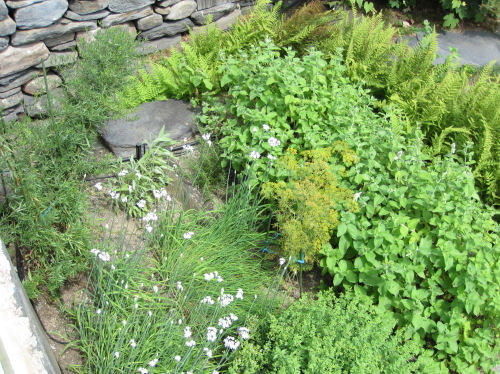
Overhead view of the current herb garden at the Southwick house
Kitchen-door herb gardens were a staple of most of the old pre-revolutionary houses of this area. The custom allegedly began in England during the 17th century. These were days before refrigeration and when meat began to spoil it could be laced with a good dose of sage and rosemary to make it palatable. Some of the most delicious and tender steaks even today become covered with mold in the process of curing. And, remember, dogs, like wolves, relish carrion.
I must digress here from the Woodward herb gardens to tell you of the ones I personally remember from my own youth. The old Purinton homestead was located on Purinton Road, Buckland, the first farm on the left up on the knoll, halfway from the center of Buckland down to Shelburne Falls. Way before my time, Mr. Lemuel Taylor (grandson of the original Taylor who was the first settler in the area now called Buckland) had built this barn and house and farmed it for many years. It was he who planted the customary kitchen-door herb garden, still there within my memory. Actually it was several feet out toward the barn from the kitchen door up against the ice house. This farm was then purchased by Deacon Marcus Purinton who moved down from Colrain (my great grandfather.)
Now may I tell you a little of the Purinton history and genealogy. Deacon Marcus and his wife, Katherine, had at least five children, all of whom died in childbirth or shortly thereafter, all now interred in unmarked graves in the Purinton plot at Arms Cemetery in Shelburne Falls. The last was a son whom they named Luther Lucien, but he died shortly after his birth. In the deacon's diary he tells of getting a small coffin for 50 cents in which to bury the tiny body which he did himself. Deacon Marcus then traveled to Boston with his horse and buggy to the then called "Home for Little Wanderers" and brought back with him an infant found on the streets of Cambridge. The infant had been given the name "William Ellery" after the first name of the man who found him, William, and Ellery, the name of the street on which he was found. Marcus, when he got home, gave this foundling the same name and birthday as the infant he had just lost. Luther (nickname "Lutie") (my real biological grandfather) grew up on the old homestead farm, married a local girl, Lula Belle Taylor, and they had 12 children, all of whom lived into adulthood. The oldest girl, Rhoda, married a local farmer, Leon Goodnow, who lived in the Hog Hollow section of Buckland, and they lived there on a farm until "Lutie" and Lula Belle became elderly and were incapable of keeping up the old Purinton homestead. At this time the two couples switched farms, Rhoda and Leon moving back to the old Purinton homestead, and Lutie and Lula Belle moving to the much smaller Hog Hollow farm on Hog Hollow Road in retirement.
This is where I came in. The Hog Hollow place had a kitchen herb garden out the back kitchen door and down a few steps, beside the old outhouse. Lula Belle, in good Purinton tradition, used herbs regularly. My family used to go over frequently for Sunday dinners so I remember this well. I also remember my dad and "Lutie" escaping to the cellar soon after dinner (much to my mother's consternation) to have a cold glass of home made hard apple cider drawn from a huge wooden barrel. This became harder and harder as the winter went on until it turned to delicious apple vinegar soon after Christmas. After all the cider had turned to vinegar it was drawn off into quart canning jars into which a sprig of tarragon from the herb garden was added. Once Lula Belle commented that "for some reason some years we seem to run short of vinegar." Then she would grin. It smelled so good (damp, sweet and fruity) down in that old dirt-floored cellar! Grampa Luther added some "mother" (whatever that is) to the barrel about Christmas time. This somehow started the turning of the hard cider into vinegar. Also of interest in my memory of the old cellar is that Lutie always kept two large barrels of water there. If you remember your chemistry lessons you remember that a container of water has to freeze completely before the room temperature around it will drop below 32 degrees. This kept the potatoes, apples, carrots and canned goods from freezing because they would not freeze until several degrees below 32. After the vinegar process began, I remember we did not go for dinner as frequently after the Christmas holidays! Back at the old homestead on Purinton Road, Leon Goodnow and wife Rhoda continued to farm until their deaths. Leon, also, "put in" a barrel of apple cider. Rhoda died first at home, then a few years later in a nursing home, Leon followed her. I played the organ at their funerals. We had begun going to Leon and Rhoda's` farm for Sunday dinners and I always went for one of Rhoda's fabulous dinners when home on furlough from the Army Air Corps. Her meals were always laced with one herb or the other or several. She was the renowned Buckland cook of her day. But then they, too, passed on, and the old Purinton homestead was purchased by a celebrity who bulldozed it all into the ground to avoid the taxes and prevent the "development" of the land. There no longer is an old Purinton homestead, and its kitchen herb garden is gone forever. And so, also, is the herb garden at the Hiram Woodward farm, the second studio and home of RSW. In my dissertation I have left out only one kitchen-door herb garden, one which I never saw but was only told about. This was a small one just outside the only door into the Redgate studio, the first apartment and studio RSW lived in as a bachelor when he first returned to Buckland after his tragic gun accident in California. He told me once that he had a small garden at the entrance to this studio with only one or two herbs. He used them only occasionally but this was before he had a nurse/housekeeper and prepared all of his meals himself.
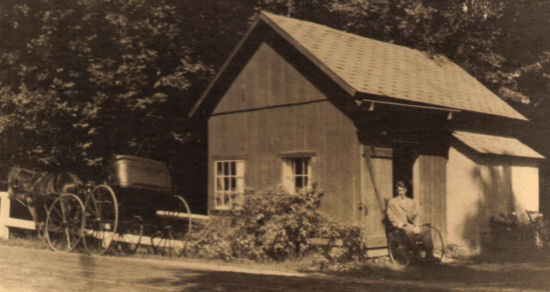
The Redgate Studio, the first RSW studio and the location of his first herb garden.
MLP July 2010
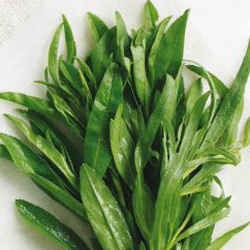
Tarragon
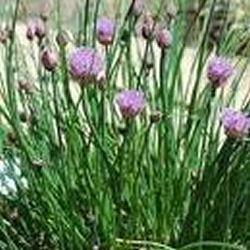
Chives
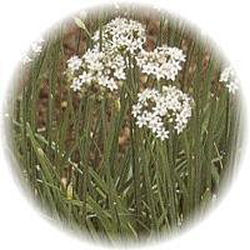
Garlic Chives

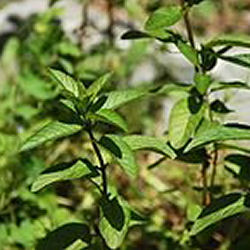
Peppermint
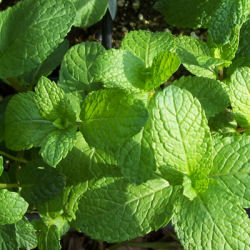
Spearmint
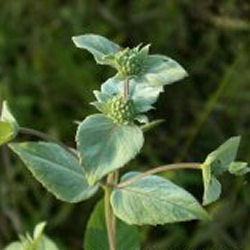
Mountain Mint

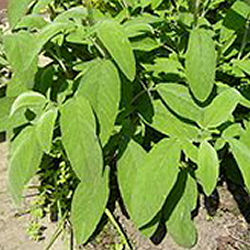
Sage
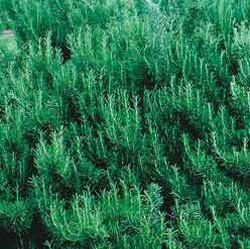
Rosemary
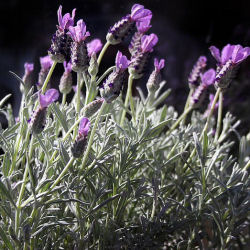
Lavender

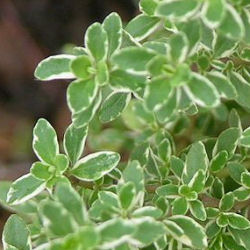
Thyme
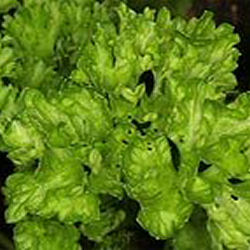
Parsley
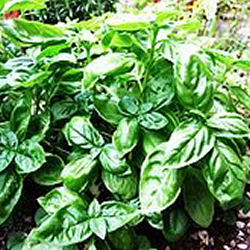
Basil

